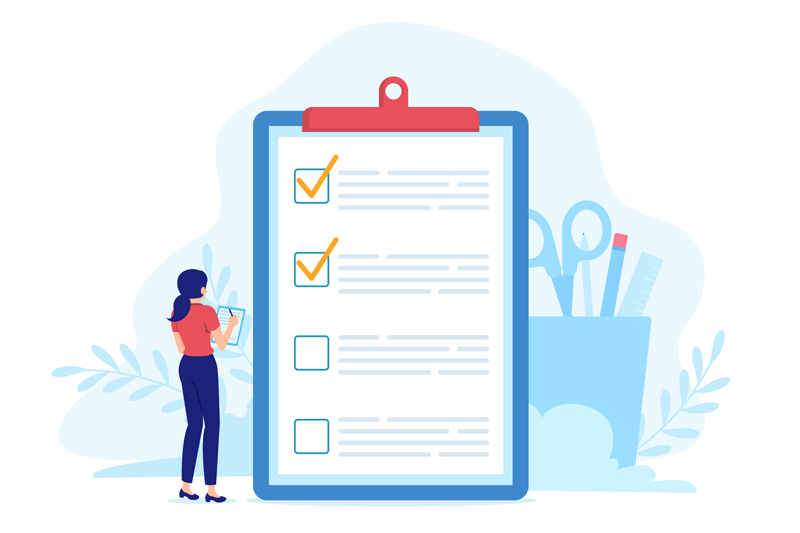
Resume Formatting 101: Designing a Professional and Attractive Resume Layout
In the competitive job market, a well-crafted resume can be your ticket to securing that coveted interview. One crucial aspect that often determines the first impression is the layout of your resume. In this blog, we will explore the essential elements of designing a professional and attractive resume layout that not only captures attention but also effectively communicates your qualifications and skills to potential employers.
1. The Importance of a Clean and Organized Structure:
Uncover the significance of a clean and organized resume structure. Learn how a well-organized layout makes it easier for recruiters to navigate through your qualifications and quickly identify your key strengths.
2. Choosing the Right Font and Font Size:
Explore the impact of font choice and size on the readability of your resume. Discover tips on selecting professional fonts that enhance the overall visual appeal and ensure easy readability.
3. Effective Use of Headings and Subheadings:
Understand how headings and subheadings create a logical flow in your resume. Learn to use them effectively to segment your resume into distinct sections, making it more reader-friendly.
4. Utilizing White Space Strategically:
Delve into the art of using white space strategically. Uncluttered resumes with appropriate white space not only look aesthetically pleasing but also help recruiters focus on the essential details.
5. Incorporating Consistent Formatting:
Learn the importance of consistency in formatting. Understand how maintaining a uniform style throughout your resume, from bullet points to indentation, contributes to a polished and professional look.
6. Showcasing Your Skills Graphically:
Explore the use of graphics to highlight your skills. Discover how incorporating charts or graphs can visually represent your proficiency levels and provide an extra layer of engagement.
7. Balancing Text and Visual Elements:
Find the right balance between text and visual elements. Understand how to use visual elements judiciously to complement the textual content without overwhelming the reader.
8. Customizing Your Layout for Your Industry:
Recognize the importance of tailoring your resume layout to suit your industry. Gain insights into industry-specific norms and preferences to create a resume that aligns with expectations.
9. Optimizing for Applicant Tracking Systems (ATS):
Learn about the role of resume layout in ATS optimization. Understand how to format your resume to ensure it passes through automated scanning systems, increasing your chances of reaching human eyes.
10. Reviewing and Editing for Perfection:
Finish off by exploring the importance of reviewing and editing. Understand how a meticulous review of your resume layout ensures a flawless presentation and helps you stand out in a competitive job market.
By mastering the art of resume formatting, you can create a visually appealing and professional document that effectively communicates your qualifications, increasing your chances of making a lasting impression on potential employers.





